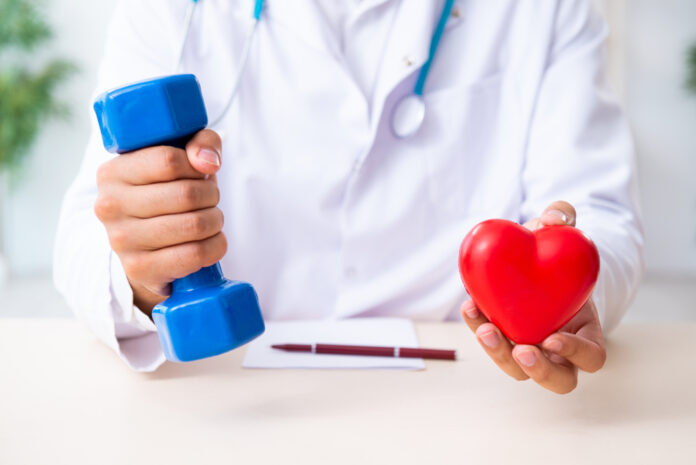The cardiac rehabilitation programme, or cardiac rehab, has four phases, normally completed in about five to six weeks at most hospitals and rehabilitation centres across the country. Each phase of cardiac rehab is important to improving the patient’s health and preparing them for a healthy life.
This complete guide explains the four phases of cardiac rehab, why they’re so crucial to the patient’s health, and which ones are needed in case of recent heart surgery or another major heart condition diagnosis.
Phase I: Inpatient Cardiac Rehabilitation
Phase I is a supervised, inpatient process. This phase of the cardiac rehabilitation programme is where the patient will spend most of their time recovering from the heart attack. It usually lasts between four and six weeks. A team of doctors, nurses, exercise physiologists and therapists helps the patient to get back on their feet.
Patients are taught to manage medical conditions like high blood pressure or diabetes, which can impact recovery.
This phase includes:
- Assessment: As part of this assessment, they may do tests such as checking the cholesterol levels and resting/exercising heart rate.
- Goal setting: They may discuss the goals related to medication use, diet, activity level, mood control, stress management and smoking cessation.
- Monitoring progress: The therapist will monitor the patient’s progress using various measures such as resting/exercising heart rate.
Phase II: Outpatient Cardiac Rehabilitation
Phase II is outpatient rehabilitation. This phase focuses on regaining stamina and endurance, as well as strengthening the muscles around the heart.
Other goals are to increase energy levels, control blood pressure and cholesterol levels, reduce stress, develop healthy eating habits, and manage weight gain and risk factors for a second heart attack.
The length of this phase depends on how much work needs to be done for the person to be able to return home from the physiotherapy centre without medical supervision or with minimal supervision.
Phase III: Maintenance Phase
Phase III is the maintenance phase. During this phase, the doctor at the physiotherapy centre will review the patient’s progress and adjust the medications and lifestyle changes as needed. Patients are encouraged to exercise at a moderate level.
If the patient can maintain the lifestyle changes made during Phase II, then they can stay in this stage for the rest of their life. The doctor may recommend returning to Phase I or II if health problems arise.
Phase IV: Transition to Self-Care
Phase IV focuses on the transition to self-care and activities of daily living. The goals of this phase are usually to increase the patient’s ability to resume normal activities, such as self-care and household chores.
Self-management skills are also emphasized during this phase. Patients may be taught to monitor their heart rate, maintain a healthy weight, keep a food diary and learn how stress affects their heart.
Patients may also be advised when it is safe to start exercising again or return to work or driving. Exercise specialists may recommend that patients participate in aerobic exercise sessions with other patients who have similar medical histories.
Conclusion
Cardiac rehabilitation is a process that takes time and commitment, but with the right knowledge and encouragement, anyone can make it to the end. There will be good and bad days along the way, but keep pushing through! It’s worth it!








